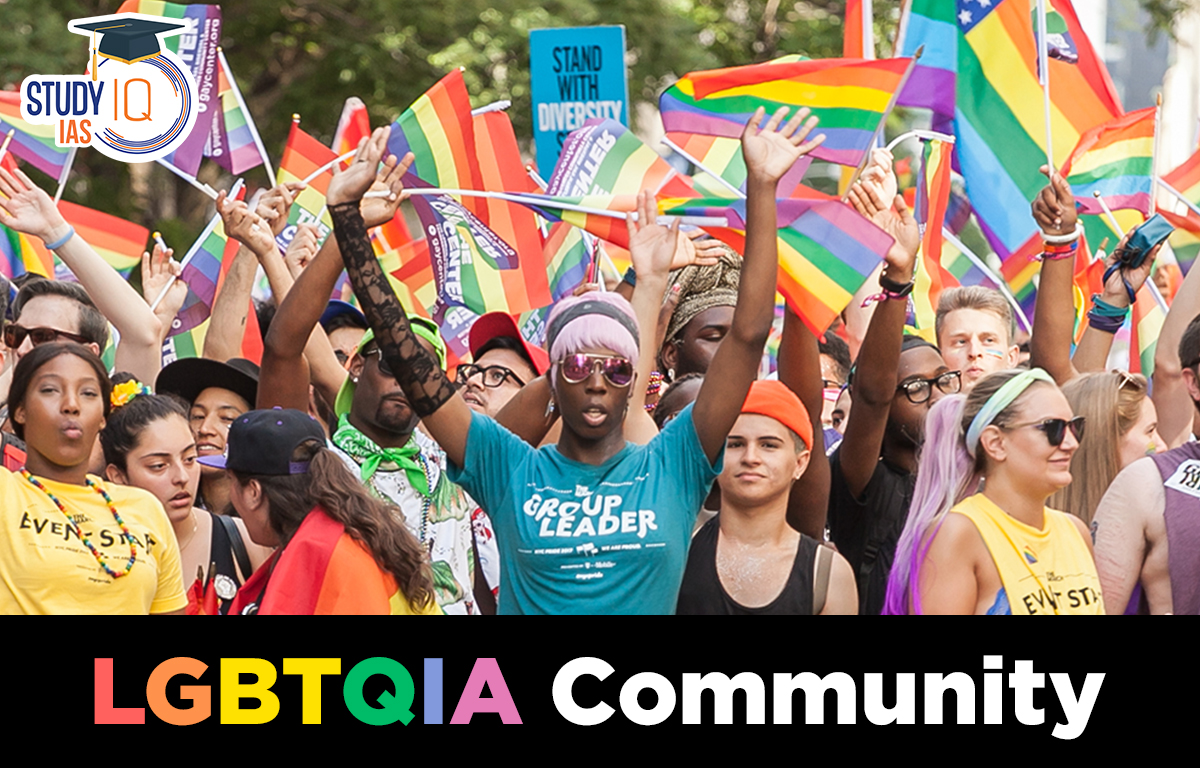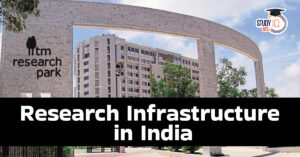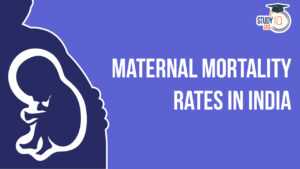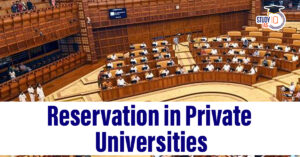Table of Contents
Explore the vibrant tapestry of LGBTQIA+ experiences in India, where resilience meets progress. The LGBTQIA+ community in India has faced challenges in making the Indian Constitution’s promise of equality and protection against discrimination a reality. However, public visibility and understanding of LGBTQIA+ experiences have increased in recent years. This article delves into the legal landscape, societal challenges, and the evolving support system for the LGBTQIA+ community.
We’re now on WhatsApp. Click to Join
What is LGBTQ?
LGBTQ is an acronym for lesbian, gay, bisexual, transgender, and queer (or questioning). It’s used to describe people who are not heterosexual or who don’t identify with the sex they were assigned at birth. LGBTQ is sometimes used as an umbrella term for anyone who doesn’t identify as straight or cisgender. The LGBTQ community is a group of people who identify as lesbian, gay, bisexual, transgender, or queer.
LGBTQAI History
Embark on a historical journey as we unravel the diverse fabric of LGBTQAI+ existence in India. From ancient mythology to the impact of colonial rule, this exploration sheds light on a narrative often obscured by societal norms.
Ancient Roots
Delve into the historical acceptance of diverse gender preferences:
- Nineteenth-century European categorization and societal preconceptions
- Examples from modern Indian historians challenging societal norms
- Acceptance of Kinnars in Indian society and their perceived blessings
Mythological Perspectives
Explore LGBTQAI+ narratives in ancient Indian epics:
- Lord Shiva’s union with Vishnu leading to Lord Ayyappa
- Transgender characters Shikhandini and Brihannala in the Mahabharata
- King Bhagirath’s unique birth in the Valmiki Ramayana
Historical Accounts
Uncover LGBTQAI+ connections in medieval India:
- Alleged homosexual relationship between Allauddin Khilji and Malik Kafur
- Impact of British colonial rule on Indian culture and legal framework
- The emergence of laws against sodomy and homosexuality
Post-Independence Challenges
Navigate the struggles of LGBTQAI+ individuals post-independence:
- HIV/AIDS cases in Delhi’s Tihar Jail and the denial of preventive measures
- Legal battles through Public Interest Litigations (PILs)
- Ongoing challenges in societal acceptance and legal recognition
LGBTQAI Movement in India
Colonial Era Stigma (1860-1949): In 1860, British-imposed Section 377 of the Indian Penal Code criminalized homosexual acts as unnatural. Despite India gaining independence in 1947, the Right to Equality under Article 14 did not end this discriminatory law.
First Stirrings of Activism (1992-1999): The dawn of gay rights activism emerged on August 11, 1992, followed by India’s inaugural Gay Pride Parade in Kolkata in 1999, named Calcutta Rainbow Pride, though with only 15 participants.
Legal Turning Point (2009): A landmark moment occurred in 2009 when the Delhi High Court, in Naz Foundation v. Govt. of NCT of Delhi, decriminalized consensual homosexual acts, affirming constitutional rights.
Setback and Rekindled Hope (2013-2017): In 2013, the optimism was dashed as the Supreme Court, in Suresh Kumar Koushal v. NAZ Foundation, reinstated Section 377. MP Shashi Tharoor’s 2015 attempt to legalize homosexuality faced rejection in the Lok Sabha.
Privacy Triumph (2017): The 2017 Puttuswamy decision by the Supreme Court recognized the right to privacy as fundamental, reigniting hope for the LGBTQ+ community.
Triumph Over Section 377 (2018): On September 6, 2018, the Supreme Court, in a historic verdict, declared Section 377 unconstitutional concerning consensual same-sex relations, marking a significant milestone.
Ongoing Struggle (Post-2018): While the battle against Section 377 concluded, the broader fight for LGBT equality persists, shaping India’s evolving societal landscape.
India’s Present Position for LGBTQAI
India still lacks a fundamental law that acknowledges the protection of the rights of members of the LGBTQIA+ community or criminalizes any harassment or discrimination against them, although the constitutions of Mexico, New Zealand, Portugal, South Africa, and Sweden provide protections based on sexual orientation.
On October 17, 2023, India’s Supreme Court unanimously voted against legalizing same-sex marriage. However, the court also reaffirmed the rights of LGBTQ citizens under the constitution and empowered state legislatures and parliament to create laws to address the challenges faced by the LGBTQ community.
LGBTQIA Issues
Marginalization
Along with homophobia or transphobia, LGBTQIA people may also face other forms of marginalisation, such as racism, sexism, poverty, or other issues, which negatively affects their mental health. LGBTQIA+ persons are frequently denied access to vital services including healthcare, justice and legal assistance, and education as a result of such marginalization.
Impact of Family Reactions on LGBT Children
Many LGBTQIA+ young people were prevented from discussing their feelings with their parents due to rejection and severe negative reactions. Lack of familial support can be a serious blow to LGBTQIA people’s mental and physical health in a society where inflexible social and cultural norms govern the terms and conditions of education, employment, and marriage.
Unheard Rural Voices
Urban LGBTQIA people’s voices are heard on a number of online and offline platforms. Rural LGBTQIA+ persons, on the other hand, frequently repress their emotions as a result of a lack of exposure, comfort, and internet connectivity in their community since their reluctance to get married results in increased physical abuse.
Homelessness
The majority of LGBTQIA homeless youth was either expelled from their households due to their sexual orientation or fled an abusive environment. They are deprived of social and educational support during their formative years. And without any financial assistance, they frequently take drugs and engage in dangerous sexual activity.
Problems of Terminology
People who identify as LGBTQIA are stigmatized and made fun of, which prevents them from achieving their aim of being recognized and causes them to feel socially ostracized.
Socially Unrecognized
The clothing code, look, and access points for travel (such as ticket purchase forms, security screening, and restrooms) are frequently gendered. LGBTQIA people frequently have to discuss their gender identity in public while riding public transportation.
Lack of Employment Opportunities
Employment chances are negatively impacted by the difficulty of getting appropriate gender identity documentation, especially school records. Some jobs have gender limits due to discriminatory eligibility standards, which effectively exclude transgender and gender non-conforming people from applying for the position.
LGBTQIA Role of Judiciary
The decision rendered by the Delhi High Court in Naz Foundation v. Government of NCT of Delhi (2009) marked a turning point in Indian legal doctrine regarding sexual orientation and equality. The court determined that Section 377 violated the constitutional guarantee of equality embodied in Article 14 because it creates an arbitrary classification and singles out homosexuals as a group.
In a step backward, the Supreme Court upheld Section 377 of the IPC in Suresh Kumar Koushal v. Naz Foundation (2013). The applicability of Section 377 IPC to consensual gay behaviour, however, was deemed “unconstitutional” by the Supreme Court in Navtej Singh Johar & Ors. vs. Union of India (2018). The Indian person has won a major win in his fight for identity and dignity thanks to this Supreme Court decision. Additionally, it emphasized the idea of rights being gradually realized.
LGBTQIA Community In India UPSC
All people must be treated equally regardless of their sexual orientation, gender identity and expression, sex, caste, religion, age, disability, marital status, pregnancy, nationality, and other factors. This requires comprehensive law.
In the domains of education, work, healthcare, land and housing, and access to public spaces, the law needs to enforce obligations of equality and non-discrimination on all individuals, both public and private. It should include fines and damages as well as civil remedies to stop discriminatory conduct as well as proactive measures to make amends.
To outline what would be included in an equality law, go here. In its privacy decision in K.S. Puttuswamy v. Union of India (2017), the Supreme Court ruled that equality and liberty cannot be distinguished and that equality includes the incorporation of essential liberties and dignity.


 Research Infrastructure in India for its...
Research Infrastructure in India for its...
 Maternal Mortality Rate in India, State ...
Maternal Mortality Rate in India, State ...
 Reservation in Private Universities, Nee...
Reservation in Private Universities, Nee...





















